Celebrating Japanese art and culture for National Foundation Day
To mark Japan’s National Foundation Day (11 February 2022) we revisit recent art features that illustrate the breadth and depth of contemporary Japanese art
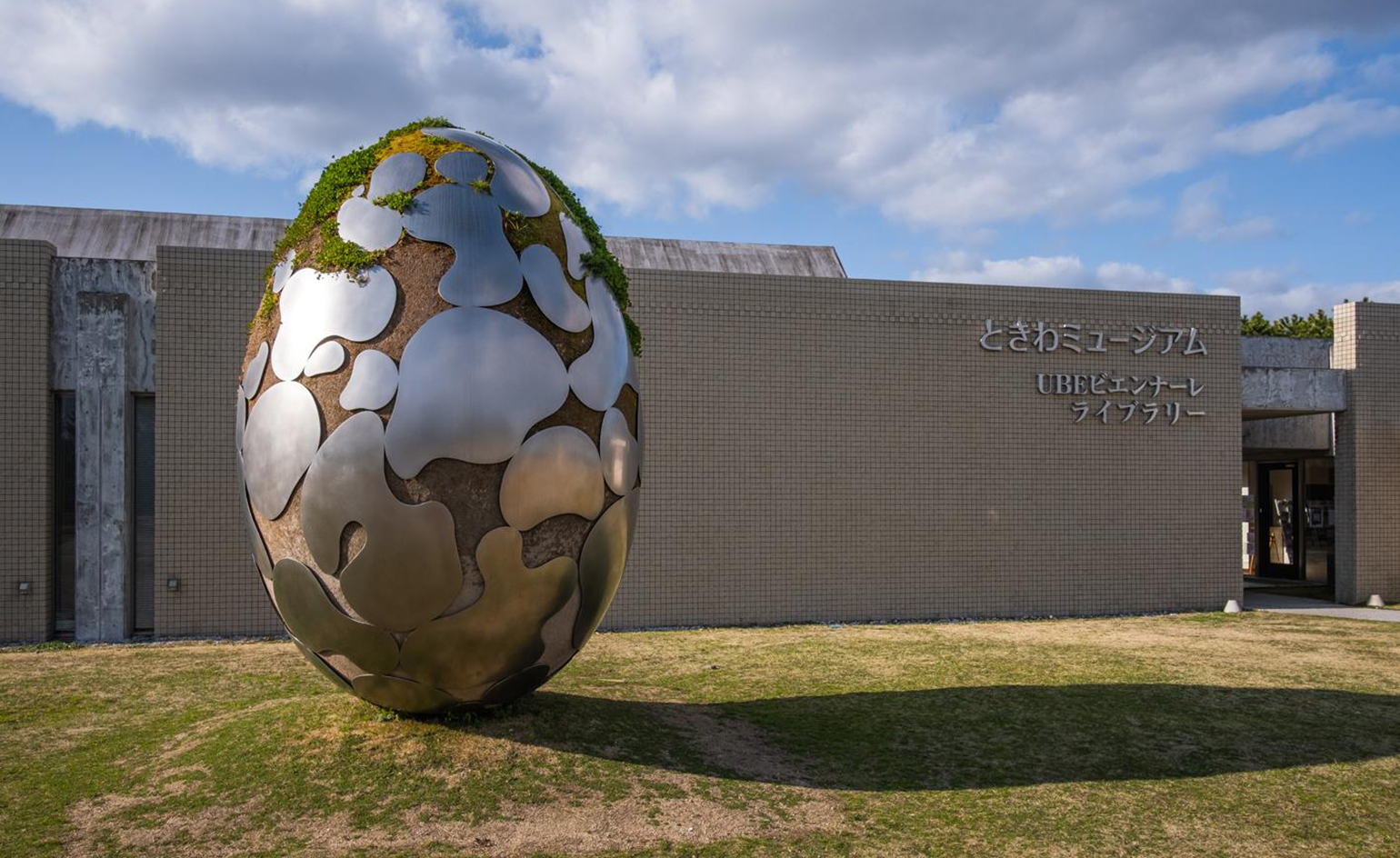
According to legend, 11 February is the date on which Emperor Jimmu founded Japan in 660BC. National Foundation Day (Kenkokukinen-no-Hi) is an annual public holiday celebrating the achievements of Japan’s forebears who contributed to the dynamic blend of rich tradition and contemporary innovation Japan is known for today.
To mark the occasion, we revisit recent Wallpaper* features on some of Japan’s leading contemporary artists, and art moments, those pushing the boundaries of their respective media, and taking the international art landscape by storm.
Kazuhito Kawai’s deliberately deformed kaleidoscopic creations
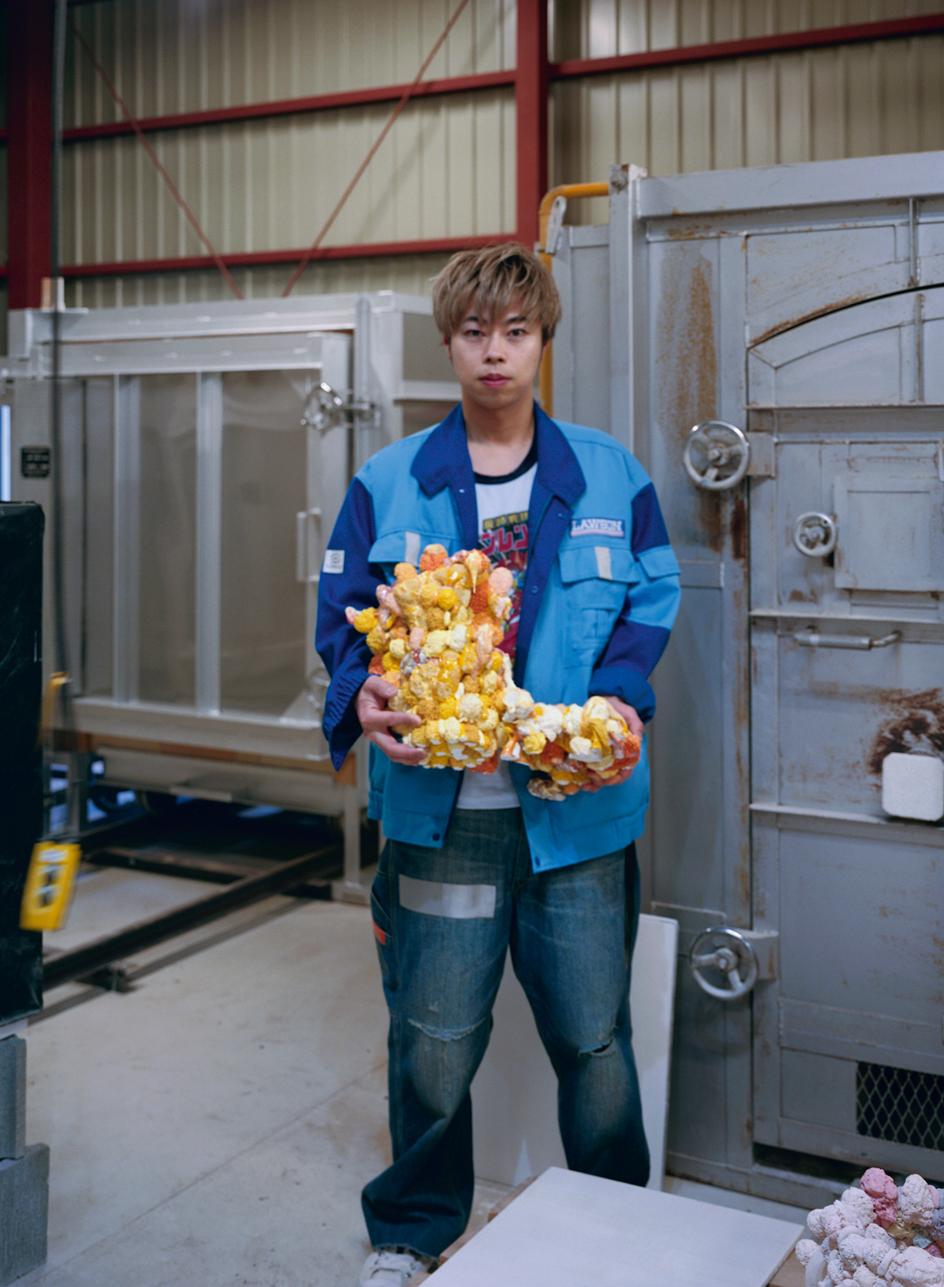
Kazuhito Kawai holds a collapsed work in his Kasama studio, photographed by Takashi Homma for the March 2022 issue of Wallpaper*, on newsstands now and available to subscribers
For the March 2022 issue (on newsstands now and available to subscribers), writer Minako Norimatsu spoke to rising star ceramic artist Kazuhito Kawai about his deliberately deformed kaleidoscopic creations. The Kasama-based artist, whose otherworldly works draw on everything from plastic surgery to J-pop and 1990s culture, fashion and film, has just opened a new show of work at Steve Turner Gallery, LA ‘The feeling of not fitting in always urges me to create,’ he says. ‘I was not destined for making regular pottery, and my hands opted to deform vessels into something non-functional.’
Chiharu Shiota on interweaving the past lives of found objects
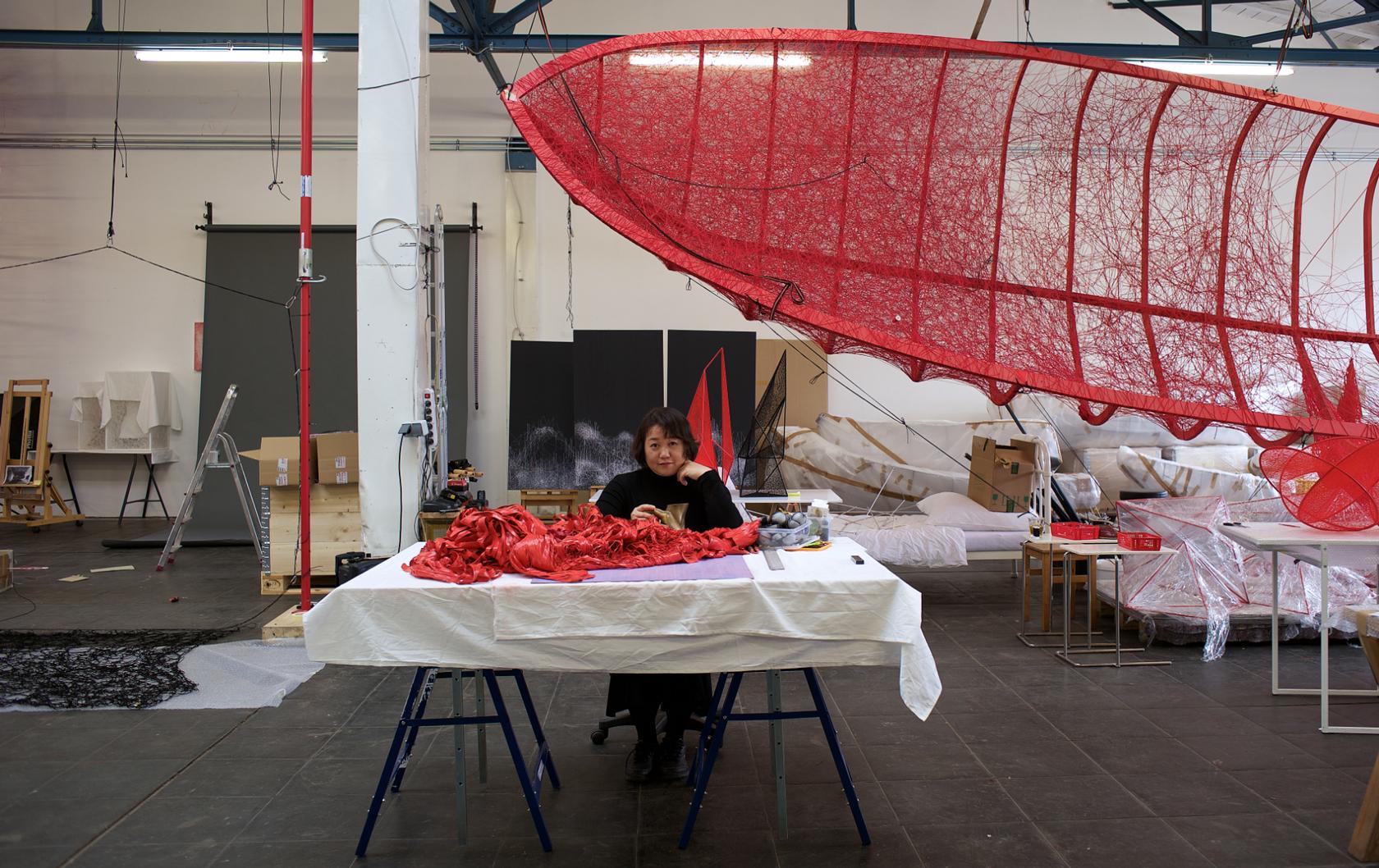
Japanese multimedia artist Chiharu Shiota, photographed by Sunhi Mang in April 2019 in her Berlin studio
Back in June 2020, we invited Japanese multimedia artist Chiharu Shiota to take part in our At Home With profile series. Wallpaper* editor TF Chan wrote of the artist’s work: ‘Chiharu Shiota’s installations, often involving everyday objects entangled in a sea of blood-red, black or white yarn, leave a searing impression in the minds of viewers; not only for their exceptional beauty but also because of the poignant way in which they represent personal narratives and articulate complex feelings of longing and loss.’ Shiota is now preparing a full-scale art takeover of Copenhagen’s iconic subterranean Cisternene – watch this space!
Izumi Kato’s haunting humanoids
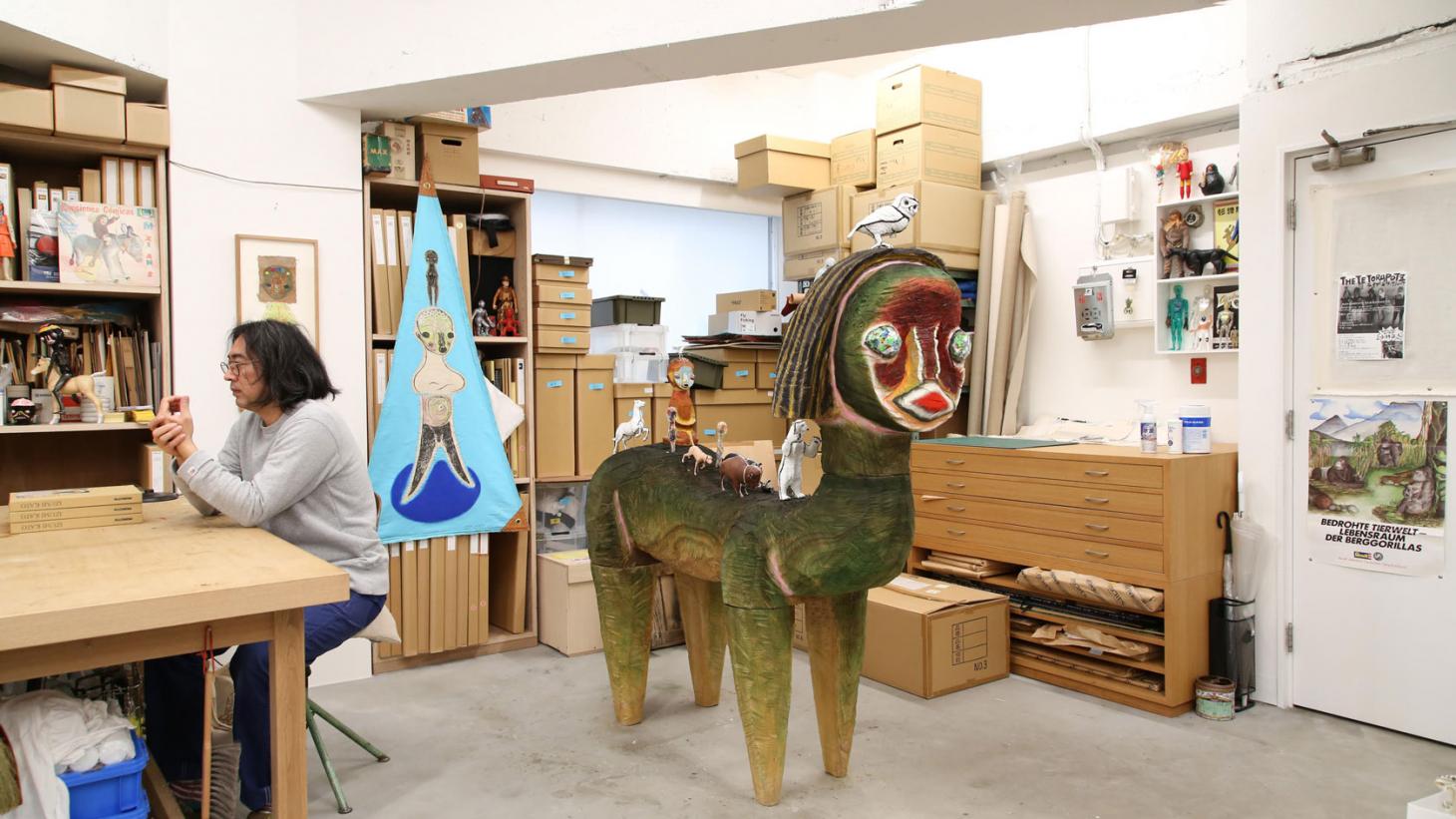
Inside Izumi Kato’s Tokyo studio with work for his 2021 show at Perrotin New York.
The work of Izumi Kato falls somewhere between a sci-fi future and ancient history. Last year, the artist took over two floors of Perrotin New York’s Lower East Side space. Ahead of the show, we were offered a behind-the-scenes look inside the artist’s Tokyo studio, where his haunting humanoids and Sphinx-like paintings and sculptures were coming to life. As the artist told Wallpaper’s US editor, Pei-Ru Keh, ‘I am aware that the human form I paint is not a specific person, but instead, I am using a person’s shape to paint. It could be you, and it could be me. I don’t know who it is. Using such an anonymous person, I am not focusing on the individual, but on the being itself.’
Wallpaper* Newsletter
Receive our daily digest of inspiration, escapism and design stories from around the world direct to your inbox.
The Ube Biennale: a template of public sculpture in Japan
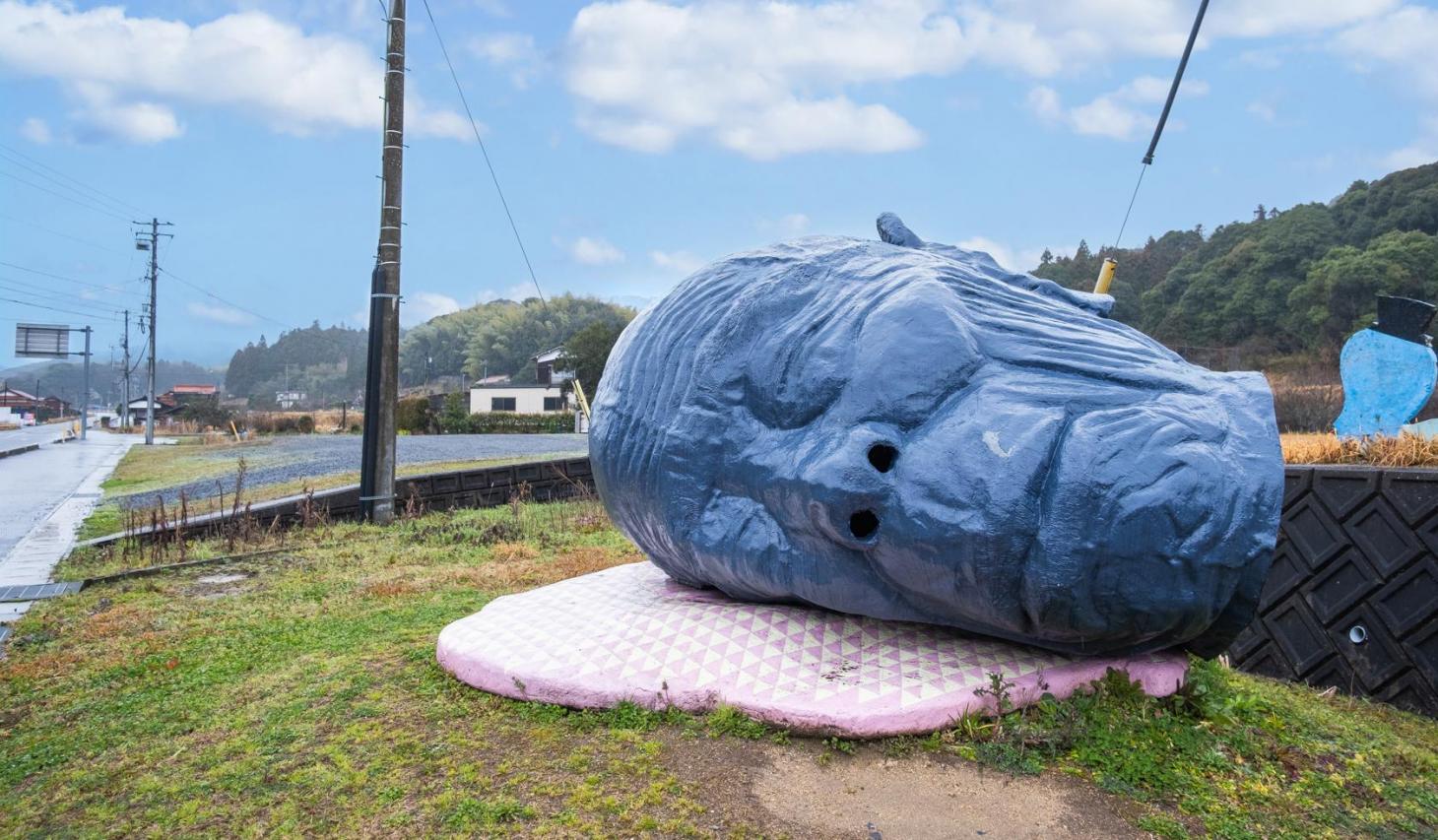
Sato Keiichi, The space in the grandfather’s nostril, 2013.
In 2020, journalist Tom Seymour travelled to the once little-known city of Ube to explore how this industrial powerhouse transformed into Japan’s sculptural hub. This evolution was largely due to one, key and longstanding event: the Ube Biennale, founded in 1961 and one of the world’s first contemporary sculpture festivals. Seymour notes, ‘The sculpture islands of Naoshima, Teshima and Inujima in the Seto Inland Sea are now world-famous tourist destinations, instantly recognisable from omnipresence on Instagram. Also more famed is the Hakone Open Air Museum, which opened in 1969 close to Mount Fuji, the Noguchi-designed Moerenuma Park in Hokkaido, the northernmost island of the country, and the Kirishima Open-Air Museum in Kagoshima, on the southern-most island of Kyushu. Ube was the inspiration for each.’ The 29th edition of the Ube Biennale will take place in 2022.
Ryoji Ikeda’s multisensory assault course
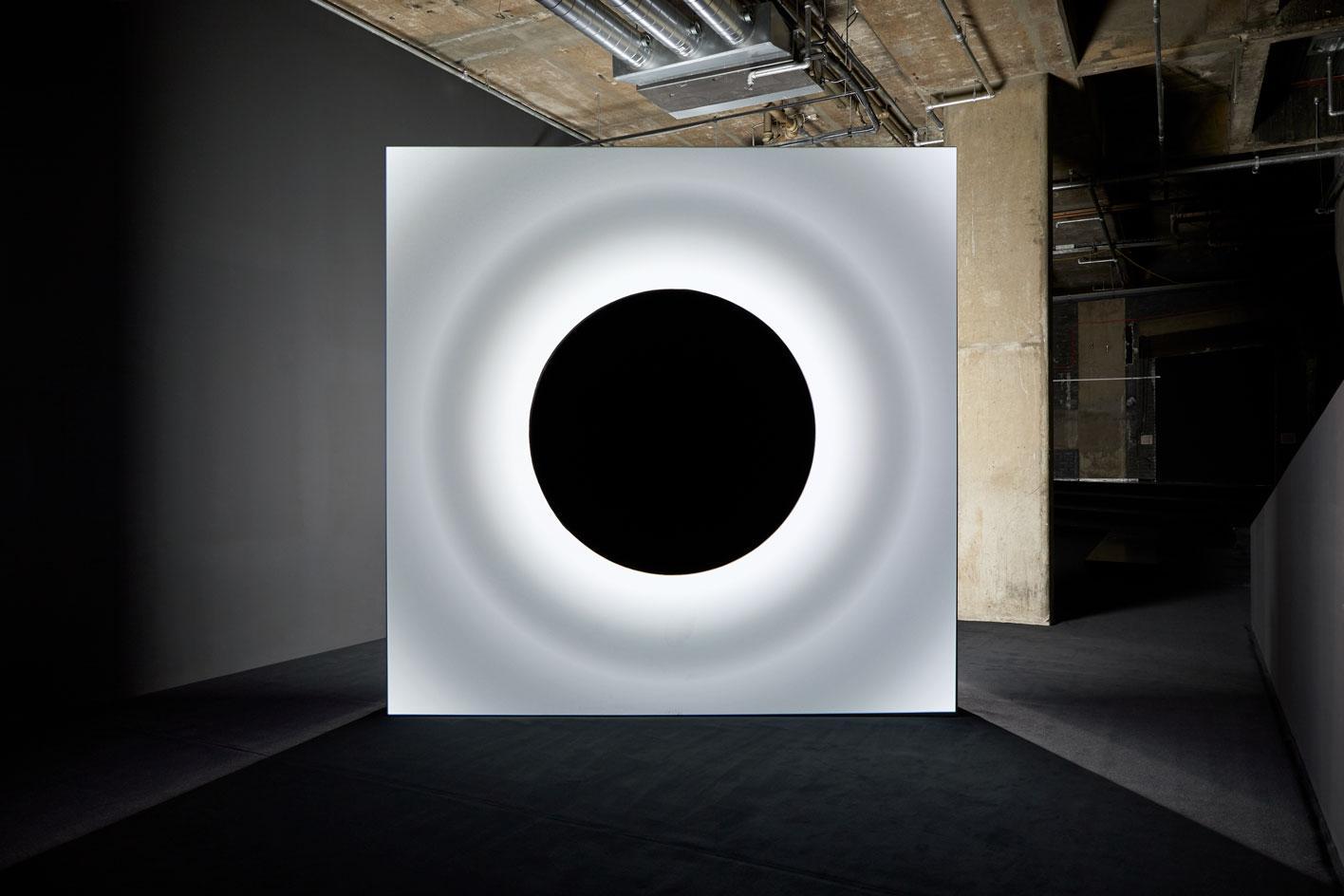
Ryoji Ikeda, point of no return.
Emerging from the industrial brutalist labyrinth that is London’s 180 The Strand, it’s customary to feel like your senses have been through the wash a few times. But after artist Ryoji Ikeda’s solo show in 2021, your eyes could hear, and your nose could see. Ikeda didn’t politely request our attention, he got inside our heads and played our eardrums like snares. This did not feel like an exhibition, it felt like a sensory assault course that one did not view, one survived. Presented by The Vinyl Factory and Fact magazine in collaboration with Audemars Piguet Contemporary, this was Ikeda’s largest show in Europe to date. Five years in the pipeline, it featured six global premieres and five works shown in the UK for the first time.
§
Harriet Lloyd-Smith was the Arts Editor of Wallpaper*, responsible for the art pages across digital and print, including profiles, exhibition reviews, and contemporary art collaborations. She started at Wallpaper* in 2017 and has written for leading contemporary art publications, auction houses and arts charities, and lectured on review writing and art journalism. When she’s not writing about art, she’s making her own.
-
 Marylebone restaurant Nina turns up the volume on Italian dining
Marylebone restaurant Nina turns up the volume on Italian diningAt Nina, don’t expect a view of the Amalfi Coast. Do expect pasta, leopard print and industrial chic
By Sofia de la Cruz
-
 Tour the wonderful homes of ‘Casa Mexicana’, an ode to residential architecture in Mexico
Tour the wonderful homes of ‘Casa Mexicana’, an ode to residential architecture in Mexico‘Casa Mexicana’ is a new book celebrating the country’s residential architecture, highlighting its influence across the world
By Ellie Stathaki
-
 Jonathan Anderson is heading to Dior Men
Jonathan Anderson is heading to Dior MenAfter months of speculation, it has been confirmed this morning that Jonathan Anderson, who left Loewe earlier this year, is the successor to Kim Jones at Dior Men
By Jack Moss
-
 Inside Jack Whitten’s contribution to American contemporary art
Inside Jack Whitten’s contribution to American contemporary artAs Jack Whitten exhibition ‘Speedchaser’ opens at Hauser & Wirth, London, and before a major retrospective at MoMA opens next year, we explore the American artist's impact
By Finn Blythe
-
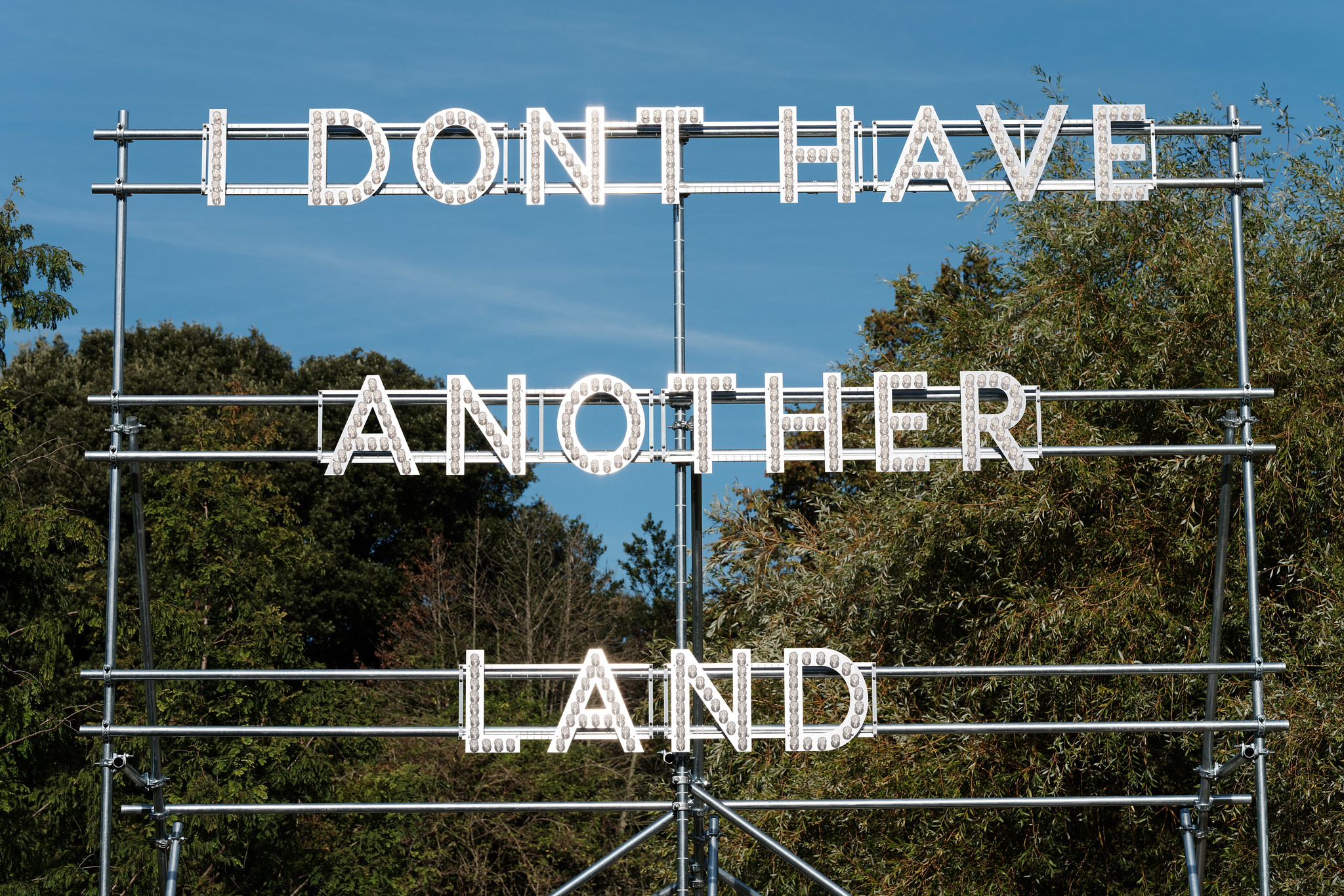 Frieze Sculpture takes over Regent’s Park
Frieze Sculpture takes over Regent’s ParkTwenty-two international artists turn the English gardens into a dream-like landscape and remind us of our inextricable connection to the natural world
By Smilian Cibic
-
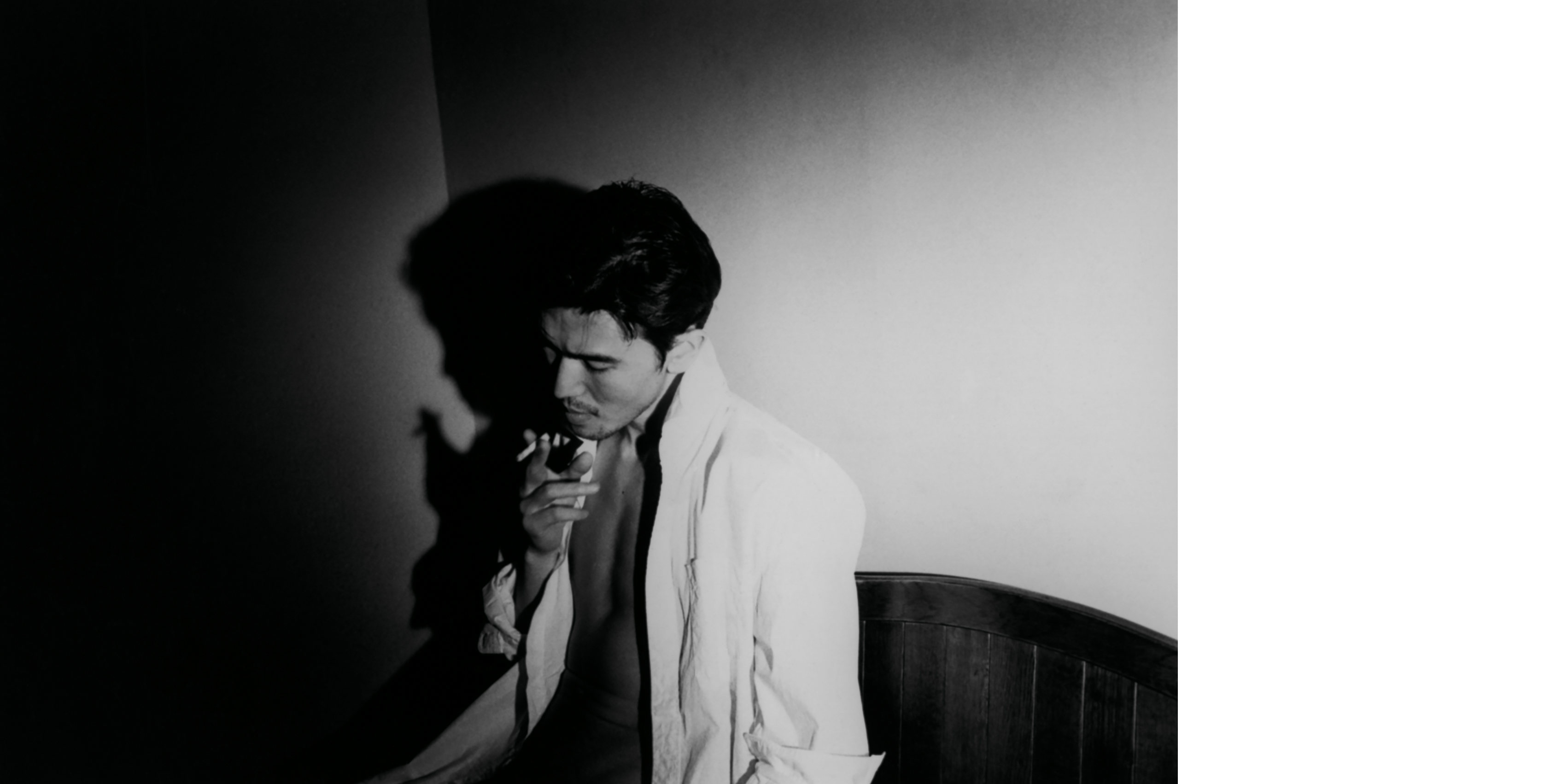 'I’m So Happy You Are Here': discover the work of Japanese women photographers
'I’m So Happy You Are Here': discover the work of Japanese women photographersSubtitled ‘Japanese Women Photographers from the 1950s to Now’, this new monograph from Aperture is a fascinating insight into a critically overlooked body of work
By Jonathan Bell
-
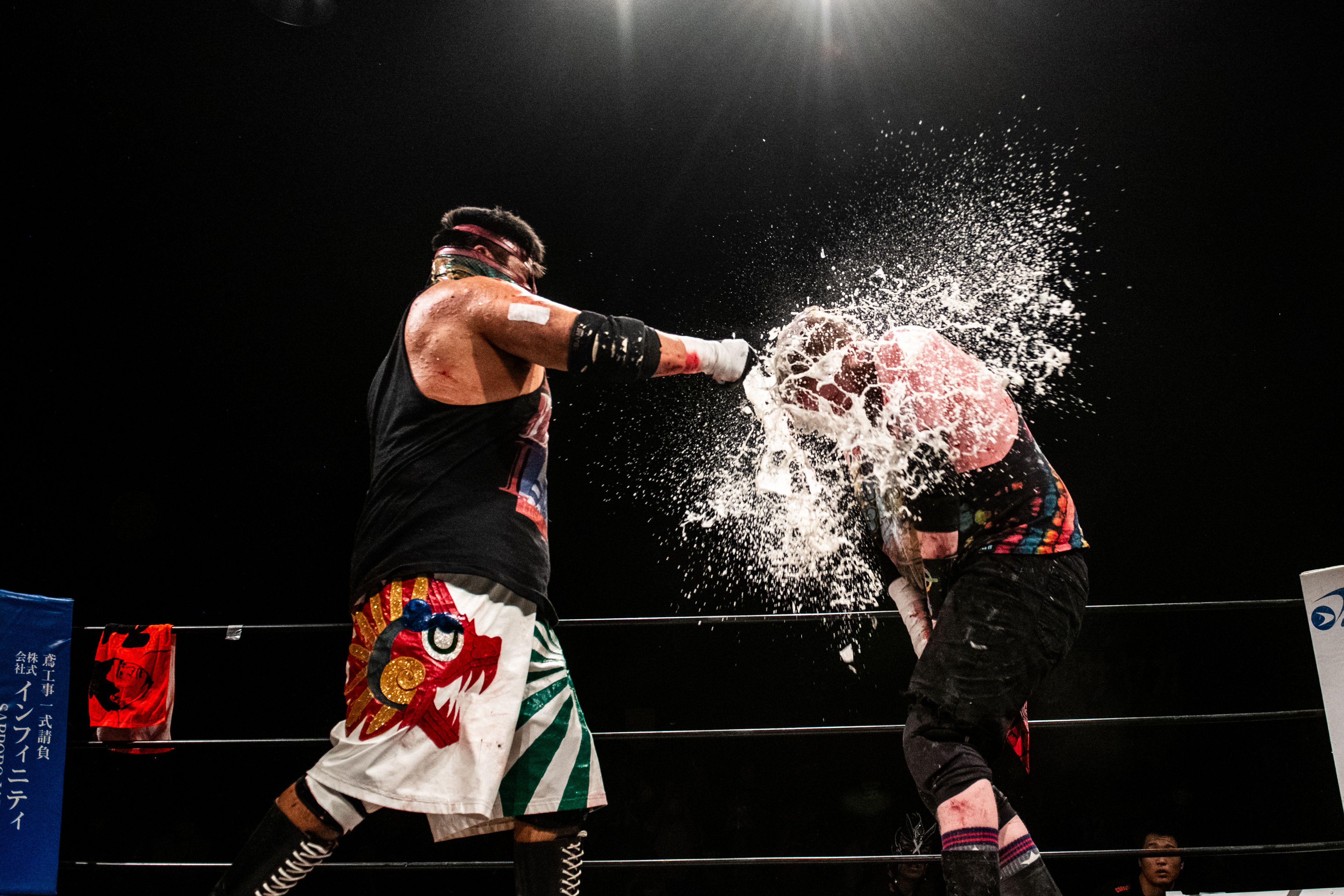 Deathmatch wrestling’s behind-the-scenes moments and bloody glory
Deathmatch wrestling’s behind-the-scenes moments and bloody gloryA new limited-edition book explores the intersection between art and deathmatch wrestling at a sold-out show held in Tokyo
By Anne Soward
-
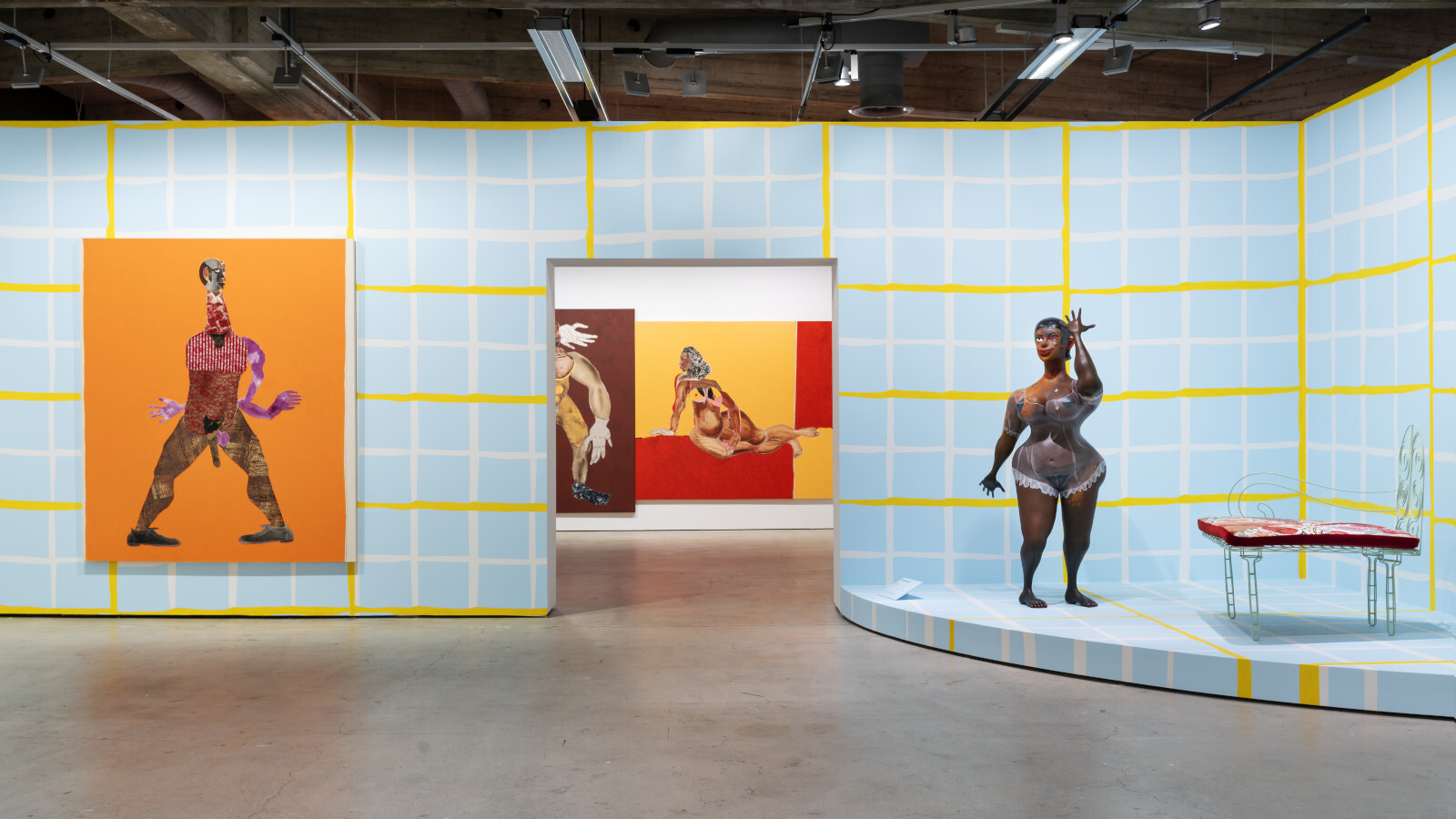 Harlem-born artist Tschabalala Self’s colourful ode to the landscape of her childhood
Harlem-born artist Tschabalala Self’s colourful ode to the landscape of her childhoodTschabalala Self’s new show at Finland's Espoo Museum of Modern Art evokes memories of her upbringing, in vibrant multi-dimensional vignettes
By Millen Brown-Ewens
-
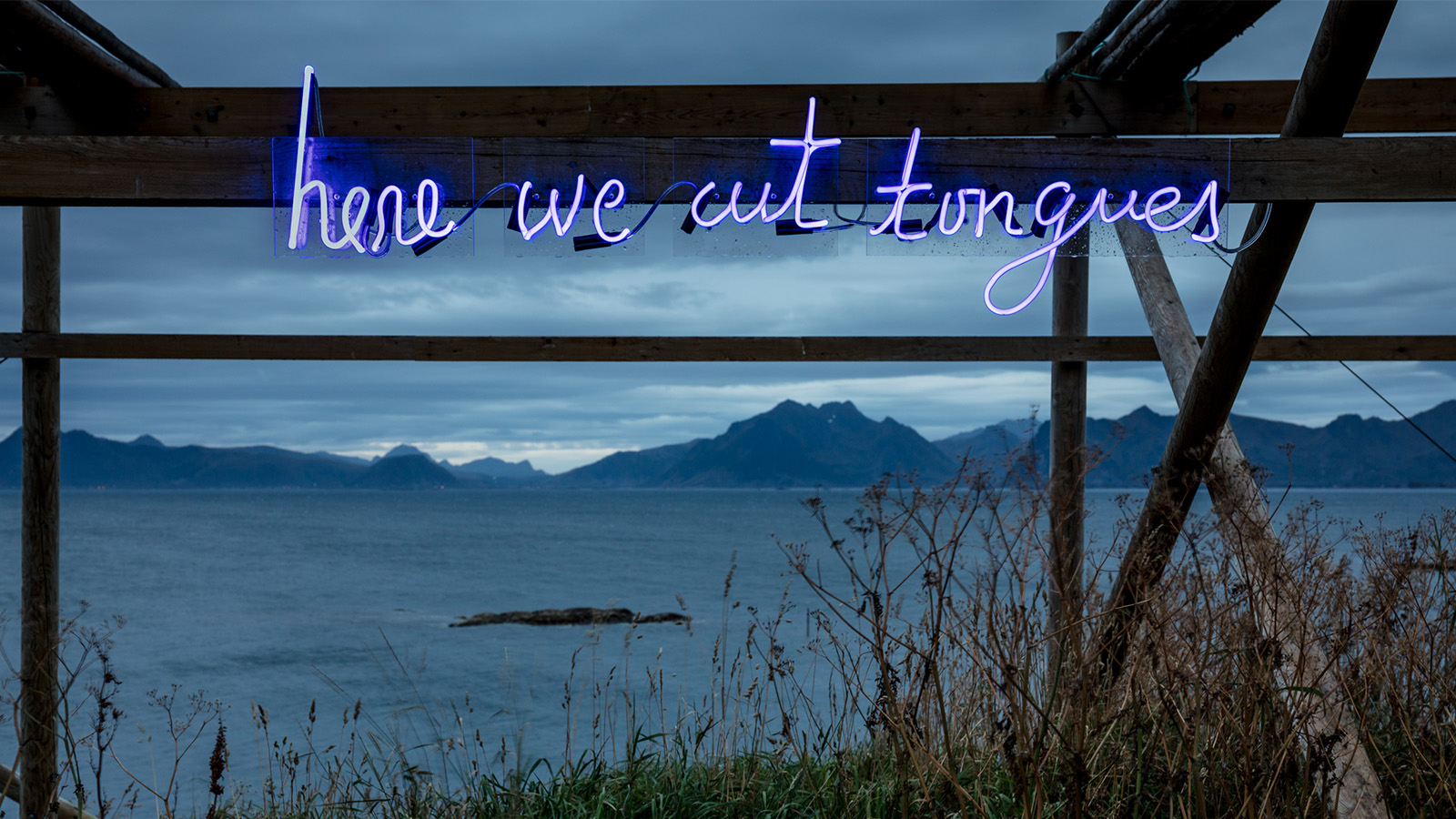 Wanås Konst sculpture park merges art and nature in Sweden
Wanås Konst sculpture park merges art and nature in SwedenWanås Konst’s latest exhibition, 'The Ocean in the Forest', unites land and sea with watery-inspired art in the park’s woodland setting
By Alice Godwin
-
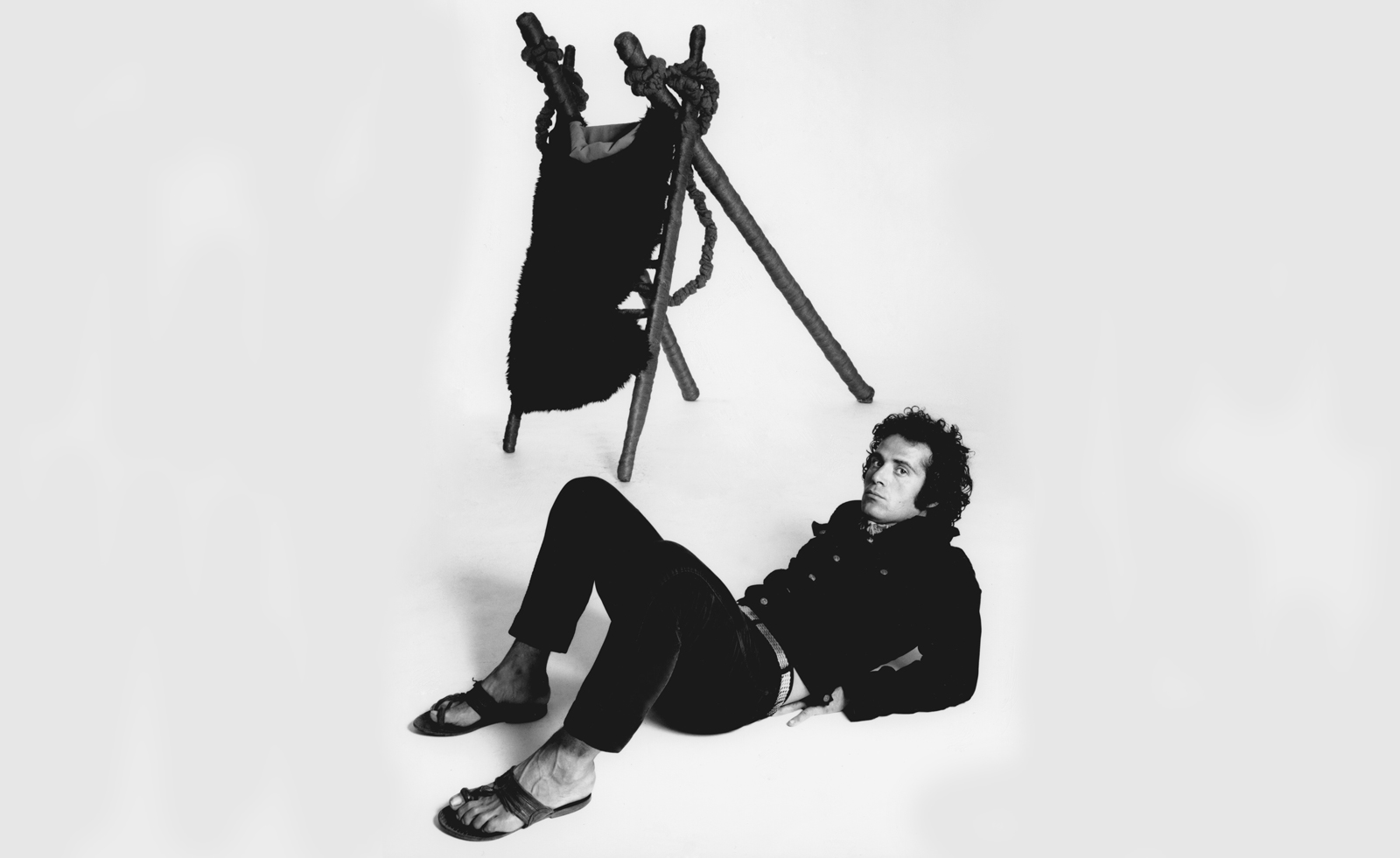 Pino Pascali’s brief and brilliant life celebrated at Fondazione Prada
Pino Pascali’s brief and brilliant life celebrated at Fondazione PradaMilan’s Fondazione Prada honours Italian artist Pino Pascali, dedicating four of its expansive main show spaces to an exhibition of his work
By Kasia Maciejowska
-
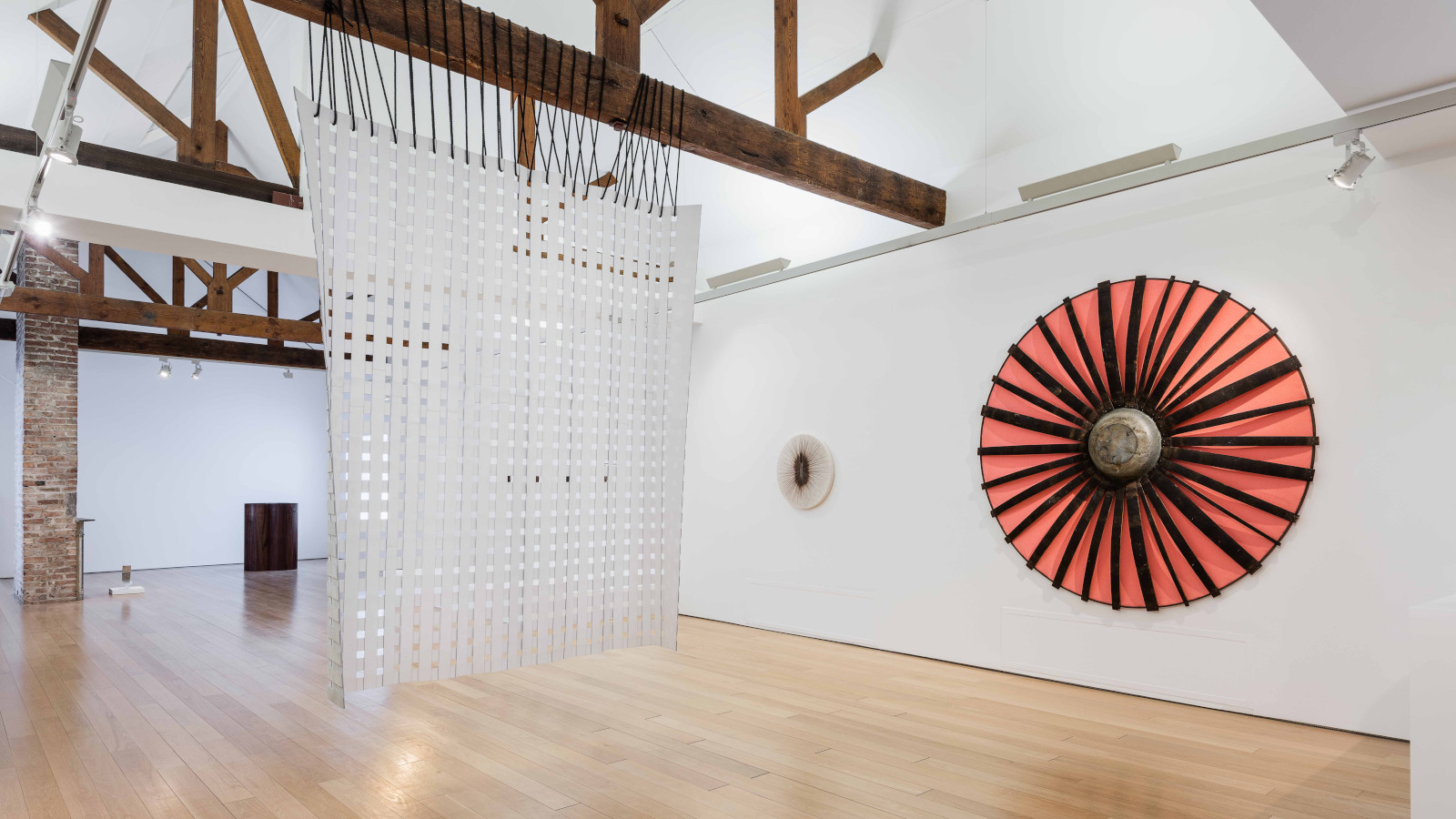 John Cage’s ‘now moments’ inspire Lismore Castle Arts’ group show
John Cage’s ‘now moments’ inspire Lismore Castle Arts’ group showLismore Castle Arts’ ‘Each now, is the time, the space’ takes its title from John Cage, and sees four artists embrace the moment through sculpture and found objects
By Amah-Rose Abrams